Stockpiling guns and ammunition for “a rainy day” is something that a lot of people do. Tens of thousands of rounds of ammunition are nice to have tucked away, but let’s be realistic.
If you really were to get into some s##t, whether it’s defending your land and homestead from marauders or repelling unwanted guests, just how long do you think that ammo will last?
Well, the reality of the situation is that you can burn through 1000 rounds of ammo in just a few short minutes if things get hot. So if you think that 25,000 or 50,000 rounds of ammo you have tucked away are a lot of rounds, well, it is, but it really isn’t.
Oh sure, you can replenish your supplies by scavenging the corpses of the defeated, and in reality that will be an absolute must, take EVERYTHING (but don’t wear their boots, we’ve already had that conversation).
Or what if you are the guy that wants to go off into the deep forests and be left alone? You don’t really want to fight. You just hope you are deep enough into the wild to go undiscovered.
Well, it doesn’t matter really, which one of these guys you are. Both of you will eventually need powder to make your guns go bang. Just like a lot of items are going to be, the only way that you might be able to get it is to make it yourself.
Black Powder Go Boom
There are two basic types of powders for your firearms, the original, AKA, black powder, and the “new” stuff, smokeless powder. Then there is the newer stuff, Pyrodex, and Triple 7, which are black powder substitutes (okay, four types of powder).
Black powder comes in different grain sizes and each size serves a different purpose. Smokeless powder comes in different forms for different purposes too.
The black powder substitutes come in powder form or pre-measured pellets. Each is also designed for a different specific use.
Of course in a pinch if it goes boom, load it. In some of my improvised ammunition, I crushed some of the pellets and loaded brass cases with it, and crimped a simple round ball in the case. It worked wonderfully.
So while it may not be the perfect exact combination. If you can get some powder that goes boom stuffed in a case, get some kind of primer and bullet loaded in it, you can make holes in things. That’s what firearms are intended to do, make holes in things.
The black powder substitutes are more stable and more energetic per measure than original black powder. In other words, 100 grains of substitute is more powerful than 100 grains of original black powder.
I personally use Pyrodex and Triple 7 pellets in all of my muzzleloaders. The only time I ever used real black powder was when we were kids about 40 years ago.
My friend’s dad 3 doors down from me had a ¼ size replica of a civil war field canon. We “borrowed” some black powder from him and blew out of some trees (dead ones) with some homemade “firecrackers,” made from tightly rolled newspaper, masking tape, and a length of cannon fuse.
Boom or Burn
Black powder is actually an explosive, but smokeless powder is not considered an explosive, but rather a propellant. Black powder explodes, while smokeless powder burns at a very high rate and creates expanding gasses that propel the projectile.
This is arguably just a slower explosion, but whatever, tomato tomahto, semantics. All I know is that it sure sounds like an explosion to me when the gun goes bang.
The real main difference between black powder and smokeless powder though. is that you can easily make black powder at home. On the other hand, modern smokeless powder is mainly Nitrocellulose which is made from nitic acid, sulfuric acid, and cellulose.
No simple feat at home for a chemist, and practically impossible for the “regular guy”, but it could be done. If you try it, I suggest you do it in an empty shed in case you have any “oopsies.” Then at least it’s just you and the shed that will be gone.
How to Make Black Powder
To make your own black powder at home, you need only 3 fairly easy-to-obtain ingredients. You can buy a 5-pound bag of 99.8% pure ammonium nitrate for $14 and a 1-pound bag of sulfur for $2.99 online at dudadiesel.com.
Then just make your own charcoal. Activated charcoal isn’t really good for making black powder. You want regular, raw charcoal.
Ingredients for black powder:
- Saltpeter (potassium nitrate)
- Charcoal
- Sulfur
The ratio for the ingredients in black powder is:
- Five parts (75%) potassium nitrate
- One part charcoal (15%)
- 2/3 of one part sulfur (10%)
An example of a mixture with these proportions would be 5 ounces of potassium nitrate, 1 ounce of charcoal, and 2/3 ounce sulfur.
Here are another couple of recipes for black powder:
- 5 ounces potassium nitrate
- 0.9 ounces charcoal
- 0.8 ounces sulfur
Here is a sulfur-less mixture for black powder:
- 5 ounces potassium nitrate
- 1.2 ounces charcoal
So you see, every recipe is right around the same proportions.
Here is a video for making a LOT of charcoal, but you can make smaller amounts in a can with a small hole in the lid:
All percentages are by weight, NOT volume, so an accurate small measure scale is a must. You can use triple beam scales or a digital scale. Precise measurements are vital for the results desired. Currently, in modern society, all of these components are fairly easy and perfectly legal to acquire.
You can order the ingredients online currently, as mentioned above. But in the event that is no longer an option and you have to seek the ingredients elsewhere, many common products contain the chemicals needed for making black powder.
One example is certain garden sprays containing the potassium nitrate and sulfur required. You pour out the liquid and let the water evaporate out, then scrape up the residue. Then you only have to make the charcoal and measure your proportions.
Legal Aspects
The only other thing to be concerned with are the legalities of manufacturing black powder where YOU live. This article shall not be treated as legal advice. Be sure to follow the laws and regulations before attempting to make this.
Some legal considerations when manufacturing black powder:
- Is it legal to manufacture black powder where you live? For instance, all of Europe except for Switzerland completely bans the manufacture of black powder by the general public.
- In the United States it is legal to manufacture black powder, but there are restrictions on how much you may possess at any given time. You may possess only 50 pounds of black powder, but there is no limit on the amount of the separate dry ingredients.
Steps for mixing black powder:
STEP 1) Grind each dry ingredient separately
STEP 2) Mix dry ingredients and grind together for approximately 10 minutes to mix thoroughly
STEP 3) Add small amounts of water to the mixture and continue to mix for approximately 20 minutes until the consistency of clay then form into a ball (Author’s Note) You can mix the ingredients dry but it doesn’t perform as well as wet mixed.
STEP 4) Corn the mixture (make granules) by rubbing over a screen with 1.5 mm holes onto a sheet of paper, then let sit until dry. Then gather it and rub it through the screen again.
Lastly, sift the contents through a kitchen flour sifter to remove the dust. Put the dust in a new batch of mix so it doesn’t go to waste.
Homemade Vs. Commercial Black Powder
That’s it, it’s ready to use. This homemade powder does not perform as well as commercially made powder and it is dirtier. The finer you grind the charcoal, the cleaner it will burn through.
This mixture is not as dense as commercial powder either, so you will have to load about double by volume. Experiment with lighter loads first with each new batch, just to make sure.
For example, if you normally use a 90-grain load in a .45 caliber rifle, load 90 grains of your homemade powder to test it. From there, increase the grains until you determine the optimal load.
Obviously, in black powder revolvers and in cartridge ammunition, it may be difficult to load twice as much of the propellant due to space constrictions, so you may experience a less powerful shot than you are accustomed to. Tweaking your recipe and loads will help compensate for this.
Primer Recipe
At the end of the article is the recipe for making mercury fulminate for primers, TRY AT YOUR OWN RISK. It requires extremely caustic chemicals and creates a VERY volatile substance. Black powder, or any other type of propellant, is useless without a primer to ignite it.
If you plan to stockpile for TEOTWAWKI then you should stockpile crap loads of ammunition, powder, primers, and reloading supplies of ALL the calibers you can get your hands on. The simple fact is that you really need a modern manufacturing facility to create these items reliably and effectively in quantity.
Sure, you can cobble together ammunition from homemade black powder, reloaded primers loaded with snappers, kid’s cap gun caps, or strike-anywhere matches, and have fairly reliable ammunition for hunting food.
I have, many times. I even wrote an article about it. But the fact of the matter is that black powder is MESSY, it is DIRTY, and it will jam your modern semi-auto and full-auto weapons after a short time vs modern smokeless powder.
Reloading Primers
Here’s a video showing how to reload a primer with common kitchen safety matches:
I tried this method of reloading a primer myself because I don’t want to put BS on here. When I mixed it the first time and tapped it with a hammer to test it, it popped very loudly.
But when I loaded a primer with another mix, it did not go off. I think I put too much of the striker powder in it. I’m sure it will work, but it will just take a few times to get the feel for it, like anything else.
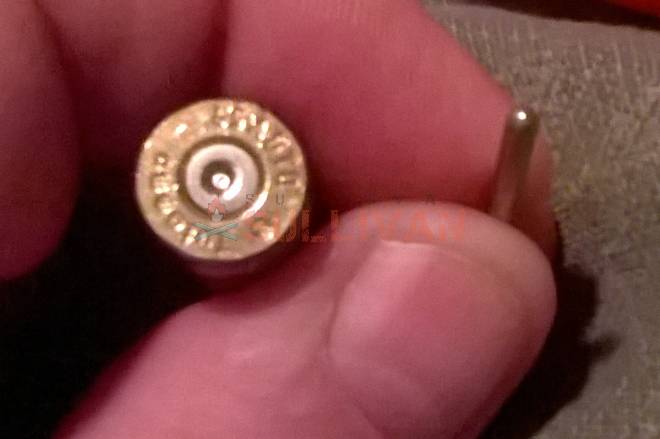
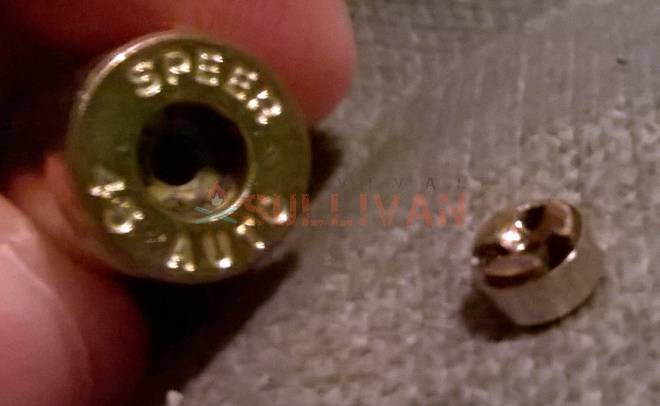
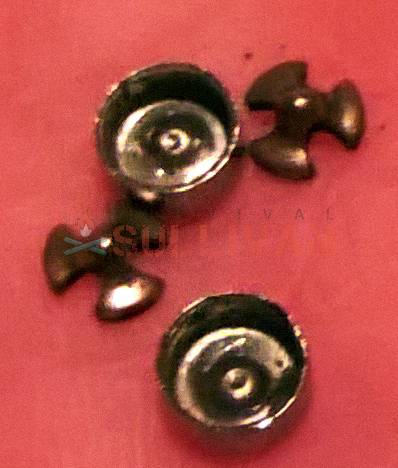
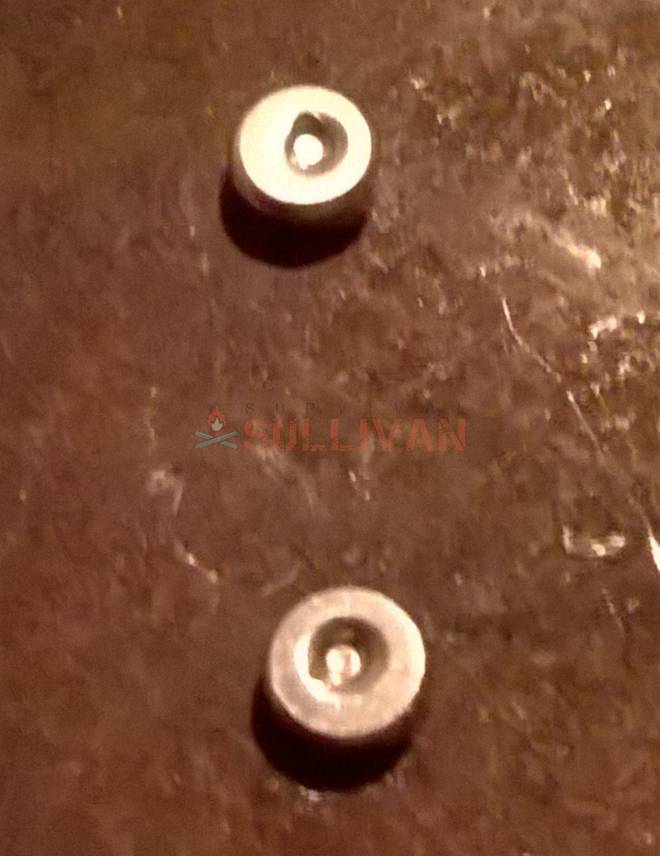
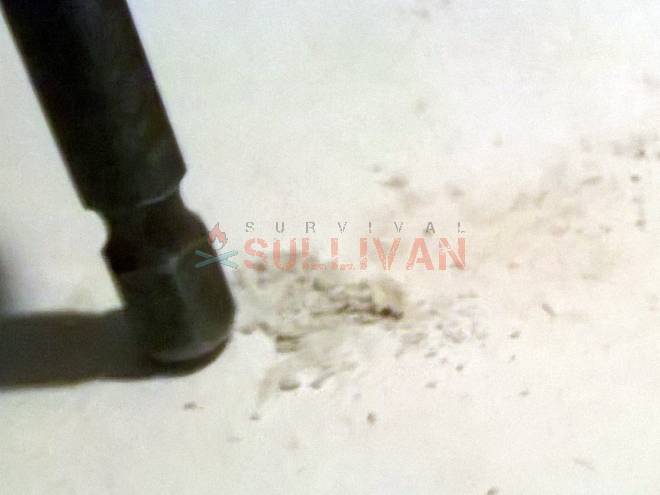
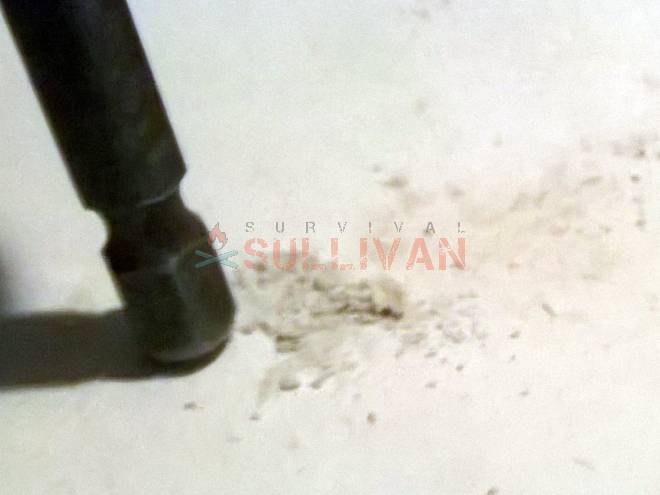
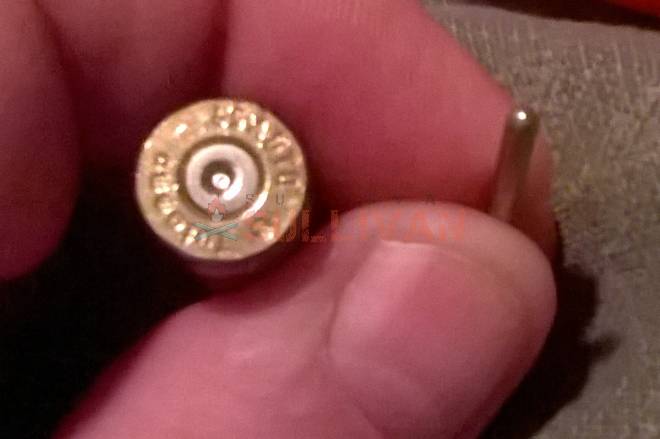
You can fire thousands of rounds of modern ammunition before you have to worry about carbon buildup starting to cause problems.
Like the bolt not going fully into the battery (common in a dirty AR15), or clogged gas ports causing failures to eject (all semi and full autos eventually if they aren’t cleaned). Your round count will be DRASTICALLY reduced if you have to use black powder, especially homemade black powder.
So sure, you can make a functional powder at home, but is it practical? Not really, not for combat purposes anyway. If it is your only choice, then yes, do it up, it’s better than nothing.
But how will you set it off without a primer? It sounds like we would be reduced back to the old flintlocks if you can’t master the primer reloading.
If you are seriously concerned about ammunition, then I would spend every extra dollar I had to spare on ammunition and reloading supplies. Also, stockpile the supplies to make the compound to reload your primers and to make powder.
Liberation
You could always look at it from the perspective of WWII, when we dropped the Liberator .45 ACP single-shot pistols in France. They had 1 shot to kill a German soldier, and then “Liberate” his weapons and supplies to fight with.
So, if you can make your own black powder, bullets, and reload primers then you can make enough ammunition to try to liberate better equipment from the enemy.
If you shoot revolvers and lever action or bolt action rifles for hunting etc. and you learn to make a reliable black powder, then your main concern is primers. There is a way to reload primers, it’s slow and tedious, but it can be done. But it can’t be done without the right materials and expertise.
Making Mercury Fulminate
As you can see in the video above, it is possible to reload a primer using common matches. But if you can get your hands on the supplies listed below and think you can do it, there is the recipe for making mercury fulminate, which is what real primers are loaded with.
If you decide to try, you do so at your own risk. Use GREAT CAUTION and good ventilation due to the fumes.
Materials list for making mercury fulminate:
- 2 Glass Beakers
- Mercury (5 grams)
- Concentrated nitric acid ( 35 ml)
- Ethyl alcohol (30 ml)
- Distilled water (30 ml)
- Litmus papers
- Extra distilled water for washing your crystals
Recipe for Mercury Fulminate
Step 1) Mixing: You will want to use a glass rod to mix this. Grab your first glass beaker, and use the glass rod to mix your mercury (5 grams) with concentrated nitric acid ( 35 ml should do it) in it.
Step 2) Heating to dissolve: Now we will heat the mixture until the mercury dissolves. You need to heat this slowly. You can tell when the mercury is fully dissolved by its color, as the solution will turn green and it will boil.
Step 3) Introducing materials to cause a crystallization reaction: Grab your second beaker and put your ethyl alcohol in it, you want to use 30 ml for this. After you have added the ethyl alcohol, carefully pour the mixture from the first beaker into the second beaker.
Again do it slowly. To know a reaction is starting, you are looking for the appearance of red and/or brown flames. Be advised: the fumes will be toxic and very flammable.
Step 4) Completion of the crystallization reaction: You can tell when your mixed reaction is almost complete, in about 30-40 minutes, when you see the red and brown fumes become white fumes.
When you see white fumes, you need to wait another 10 mins. And then you want to add in distilled water (30 ml) to your solution.
Step 5) Filter out your mercury fulminate crystals: Now you want to have already planned a safe place of disposal and have it ready for this corrosive and toxic solution that will be left. Be prepared so you won’t have to interrupt this process.
Now, you want to carefully filter the crystals of mercury fulminate that developed in your liquid, separating it from that liquid. Then dispose of the rest of the acidic solution.
Step 6) Rinsing your mercury fulminate crystals: To remove the excess acid, rinse and wash your crystals in a distilled water bath. Rinse away as much excess acid as you can.
Step 7) Litmus testing of the mercury fulminate crystals: You want to keep washing and rinsing the crystals until they are neutral on a litmus paper test. The crystals will be neutral when the litmus paper remains blue during contact with the crystals.
Step 8) Final steps with your mercury fulminate crystals: Allow your mercury fulminate crystals to dry completely before safely storing them. You will want these mercury fulminate crystals stored far away from explosive and flammable materials.
If you cannot weigh the available mercury, you can complete this recipe simply by volume. You will want to use the volume measures of Nitric acid (10 volumes) and ethanol (10 volumes) to every (1 volume) of mercury.
Parting Shot
As the story goes, where there is a will, there is a way. I believe in that very strongly. I hope it never happens, I really do. But if it ever comes down to it, survive at any cost is what I say.
If there’s a chance to make homemade, handmade powder and primer to make my own ammunition, well, you can damn well bet that’s what I’m going to do. I hope that this gives you enough information to at least get you thinking.
Disclaimer
The contents of this article is for information purposes only. Neither the author nor www.SurvivalSullivan.com shall be held liable for the misuse of the information contained herein or for any damage, injury, death or any other negative consequence. We are not advocating that you replicate the steps and the advice offered in this article. Neither the author nor www.SurvivalSullivan.com shall be held liable for any product you create using this article.
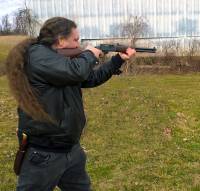
Eric Eichenberger is an avid outdoorsman, skilled marksman, and former certified range officer and instructor with nearly 40 years experience handling and repairing firearms.
A skilled craftsman with a strong love for working with his hands, Eric spent 20 years as a carpenter and custom woodworker in high end homes. As a gold and silversmith he has created hundreds of pieces of jewelry over the years using the lost wax casting method.
The grandson of humble country folk, he was raised with the “do it yourself” mentality and so is accustomed to coming up with unique solutions to problems utilizing materials at hand.

“To make your own black powder at home, you need only 3 fairly easy to obtain ingredients. You can buy a 5 pound bag of 99.8% pure ammonium nitrate for $14 and a 1 pound bag of sulfur for $2.99 online at dudadiesel.com. Then just make your own charcoal”
You want POTASSIUM NITRATE, not Ammonium Nitrate. The type of charcoal makes a BIG difference; willow, pine, other softwoods are preferred over hardwoods, although Goex uses maple charcoal and I’ve had good results with that as well. In terms of power, homemade can easily be made to be faster than commercial powder. It you press it (1.7g/cc) and corn it, it will be close to the same weight to volume ration as commercial powder. Wet-granulated will, as you said, be lighter and require more to do the same job as commercial; how much depends on how fast the home made powder is. The method of manufacture you suggest will make weak powder. You really need to ball mill – a good mill can get the job done in a few hours. I 2-component mill for 3 hours and then combined for an hour. My powder made with willow is VERY fast.
Yes, you can get food with homemade gunpowder. Here’s me doing it: https://www.youtube.com/watch?v=kYFSNs_hFYg !!
the powder I make is fast .the grains tend to break up easy ;leaving me with a mixture of grain sizes. 80 grains seems to be plenty in my .50 cal. just concerned if it’s safe for shooting.